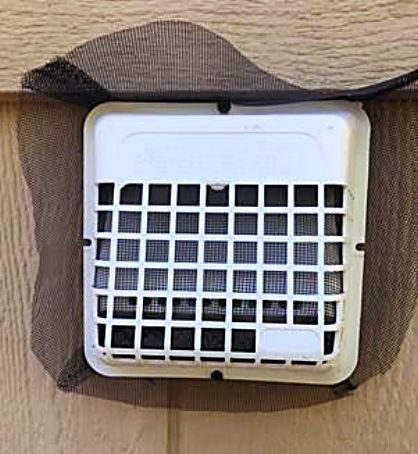URGENT UPDATE: A groundbreaking study reveals that household dryers in the United States are emitting a staggering 3,500 metric tons of microfibers each year, equivalent to 30 times the weight of the Statue of Liberty. Conducted by the Desert Research Institute (DRI) in collaboration with the League to Save Lake Tahoe, this research highlights a previously overlooked source of microplastics pollution.
The study, which utilized citizen science to gather data, indicates that while washing clothes has long been known to release microfibers, dryers also play a significant role. Lead researcher Monica Arienzo noted, “Every time you dry your clothes, hot air is vented, and your lint filter is the only thing stopping those fibers from exiting the vent.” This discovery prompts urgent questions about how household appliances contribute to environmental contamination.
The implications of these findings are immediate and critical. With microplastics linked to health risks and ecosystem damage, understanding their sources can lead to actionable solutions. Laura Patten, a natural resources director at the League, remarked, “This study is really the first of its kind… it moves forward our understanding of how pollutants get into the environment.”
The DRI’s research team recorded data from 76 dryer loads during 2020, revealing that the most commonly found microfiber was cotton, followed by significant amounts of polyester and fleece. While cotton and fleece are natural fibers, the dyes and chemical treatments applied can still release harmful substances. The presence of polyester, a plastic-based fiber, raises further concerns about microplastics entering our water systems.
To combat this issue, Arienzo recommends regular lint disposal and the use of mesh filters to capture released microfibers. “Conscious consumption does make a difference,” added Marilee Movius, a sustainable recreation manager involved in the study. She emphasized the importance of informed choices regarding clothing materials to minimize environmental impacts.
The study also sheds light on the potential for policy changes aimed at reducing microplastics pollution. Patten stated, “Research like this helps us understand the different sources of microplastics pollution, and we need to use this data to drive policy changes.”
Looking ahead, the DRI plans to expand its research, investigating various dryer models, usage frequency, and drying cycles. With funding from the Department of Defense, they will also explore the environmental impacts of chemically treated clothing, such as military uniforms.
The findings from Lake Tahoe could be a catalyst for broader awareness and action against microplastics pollution. “Tahoe is leading the way, breaking new ground with microplastics research that can be used beyond the basin,” Movius concluded.
For those interested in contributing to this vital research, the League to Save Lake Tahoe invites volunteers to join their efforts at https://www.keeptahoeblue.org/volunteer/. To read the full study, visit https://doi.org/10.1093/etojnl/vgaf222. This is not just a local issue—it’s a global crisis that requires immediate attention and action from all of us.







